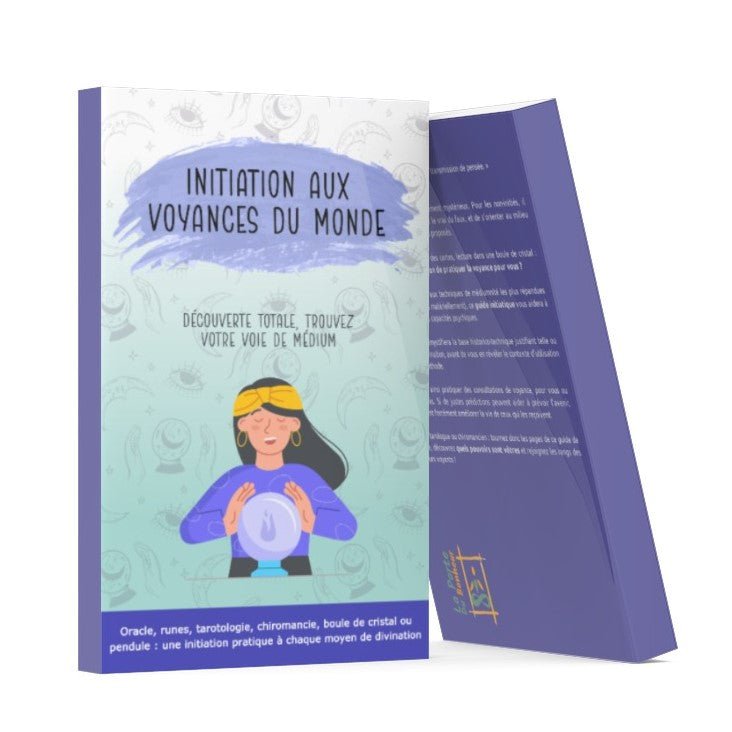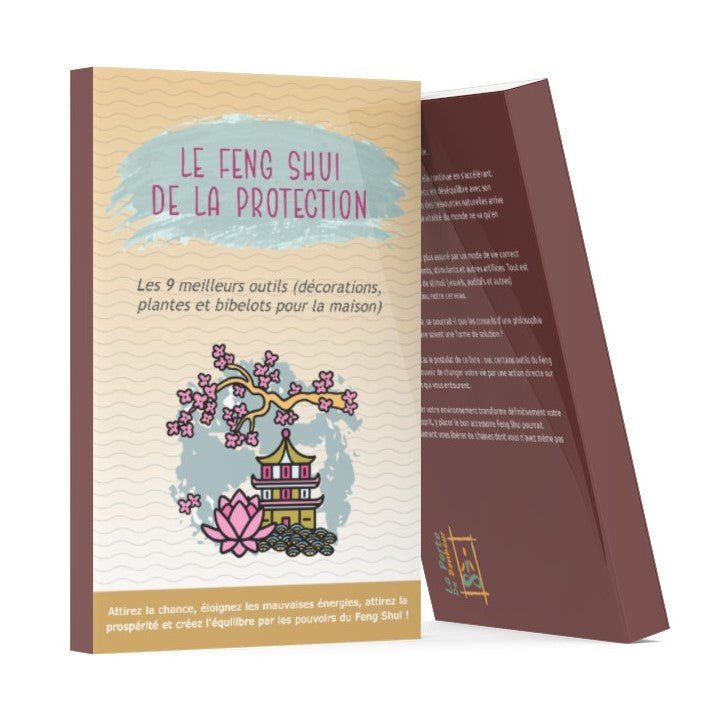Introduction to Music Therapy
Music therapy aims to find balance between body and mind through the therapeutic sounds produced by different musical instruments.
This discipline tends to use music to regulate mood, improve physical and mental well-being, relieve pain or even promote the healing process.
It is aimed at both professionals and individuals wishing to relax safely without unwanted side effects.
Contents :
1. Definition of music therapy
2. The main principles of music therapy

Definition of music therapy
Music therapy is a practice using dull sound and music to improve the physical, mental and emotional state of people. It combines the therapeutic effects of music with other techniques such as bodily expression, singing, rhythmic games and relaxation.
This parallel science can be beneficial to everyone: sick, chronic or healthy children and adults. Music therapy allows patients to better manage their stress and anxieties so that they can find a more serene state internally thanks to work on themselves via musical sessions adapted to each profile individually.
Thus, it offers a variety of benefits to reduce stress and lead to a better quality of life. Music therapy can help relieve chronic pain, reduce anxiety, promote concentration or even contribute to the personal and social development of patients.
The main principles of music therapy
Music therapy is a form of therapy that uses music to promote the health, well-being and personal development of individuals. It is based on several main principles that guide its practice.
Here are these famous principles of music therapy:
- Music as a mediator: Music is used as a non-verbal and universal means of communication, allowing a therapeutic relationship to be established between the music therapist and the patient. It facilitates the expression of emotions, creativity and promotes self-exploration.
- Individualization: Music therapy recognizes that each individual is unique and responds differently to music. The music therapist therefore adapts his approach according to the needs, abilities and preferences of each patient.
- Active intervention: Music therapy encourages the active participation of the patient. He can play an instrument, sing, dance or simply listen to music, depending on his abilities and therapeutic objectives. Active participation promotes emotional engagement and the healing process.
- Holistic approach: Music therapy considers the individual as a whole, taking into account their physical, emotional, cognitive, social and spiritual dimensions. Music is used to work on all these aspects of the person, promoting balance and general harmony.
- Interdisciplinary collaboration: Music therapy often takes place in an interdisciplinary context, where the music therapist collaborates with other health professionals, such as psychologists, occupational therapists or speech therapists. This collaboration makes it possible to integrate complementary approaches and provide more comprehensive care to patients.

History of music therapy
Music therapy dates back to ancient times, when muffled sounds were considered to have healing power. In ancient Greece, Hippocrates and Pythagoras believed that certain sound frequencies had therapeutic effects on the human body.
In the Middle Ages, it was believed that religious songs could heal physically and mentally. Modern music therapy traces its roots to 1940 in Germany, when Hans Alderman developed his musical technique to stimulate intellectual development in young patients with autism.
Today, music therapy is recognized by more than 70 countries around the world as a powerful tool for bringing calm and relaxation to the patient while helping to reduce physical or mental pain caused by various psychological or physiological disorders. Thanks to it, it is possible to treat various symptoms associated with conditions such as anxiety and depression without resorting to traditional means such as chemical drugs or other invasive interventions.

Main benefits of music therapy
Music therapy is part of the alternative sciences and offers a holistic approach to physical, emotional and mental health. It offers a way to release accumulated tension in the body through the use of therapeutic sounds such as singing or special instruments.
The benefits of music therapy are numerous:
- stress reduction
- improved sleep
- increased mood
- relief of physical pain.
Certain styles of music will also have specific effects.
For example, rock music can also promote a greater connection between the left (software) and right (creative) brains, which allows people with social anxiety or other anxiety disorders to amplify their cognitive abilities.

How does a music therapy session work?
A typical music therapy session begins with a discussion between the therapist and the client so that the latter can share any current concerns or feelings.
Then, different types of sounds can be used to meet the client's specific needs: percussion instruments, singing, natural sounds (ocean, stream) or relaxing music. The main goal is always to create a calm environment where positive emotions can flow freely while providing the body with a deep source of relaxation.
To successfully complete the session, guided breathing exercises encourage body awareness in the participant before returning to their usual daily life, more peaceful and centered. Music therapy therefore allows patients to increase harmony between themselves and their external world through the use of beneficial sounds to regain an intimate state of mental and physical well-being.
Lucky charm featured in this article

Introduction to World Clairvoyance (Find your Medium Path)
See more
Rapid Energy Thanks to Reiki (Symbols of Reiki - the Three Keys of Power)
See more
The Feng Shui of Protection (Discover the 9 Best Tools - Decorations, Plants and Trinkets for the Home)
See more
